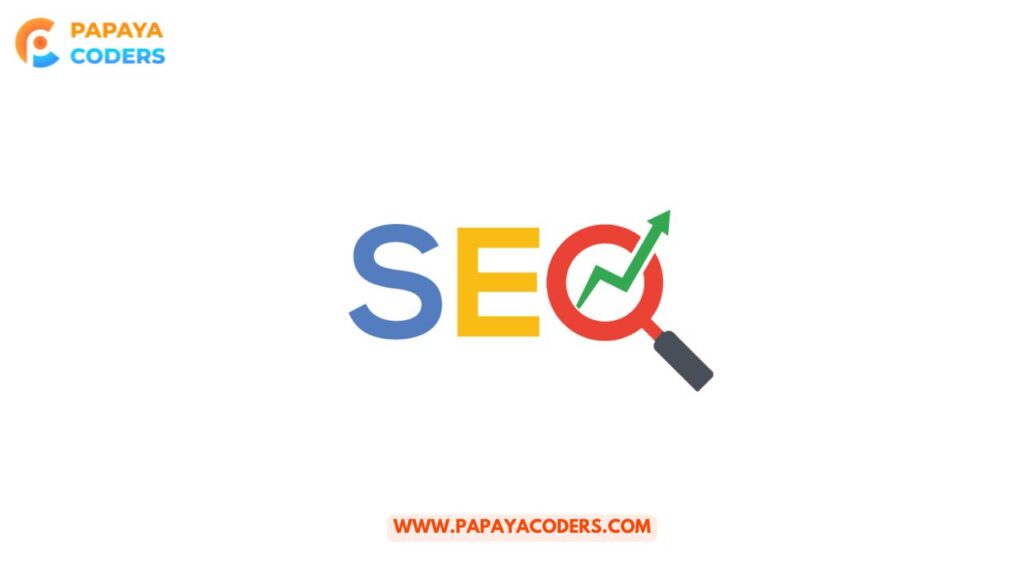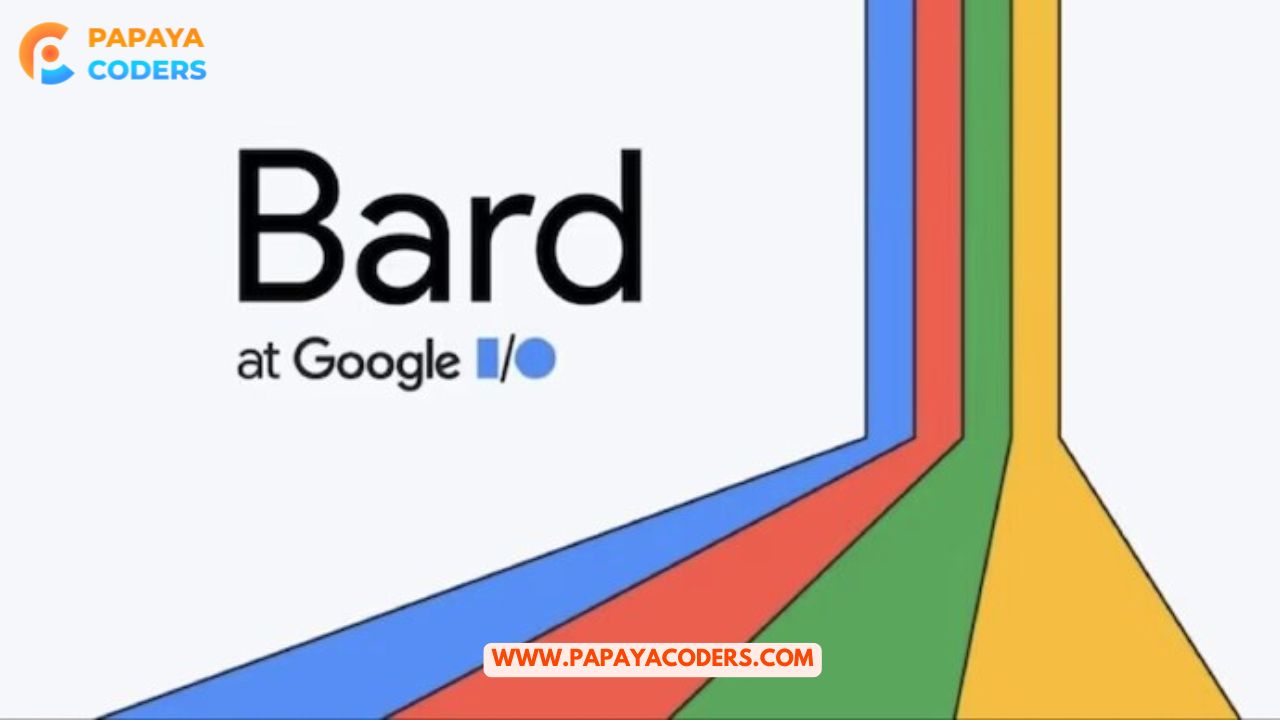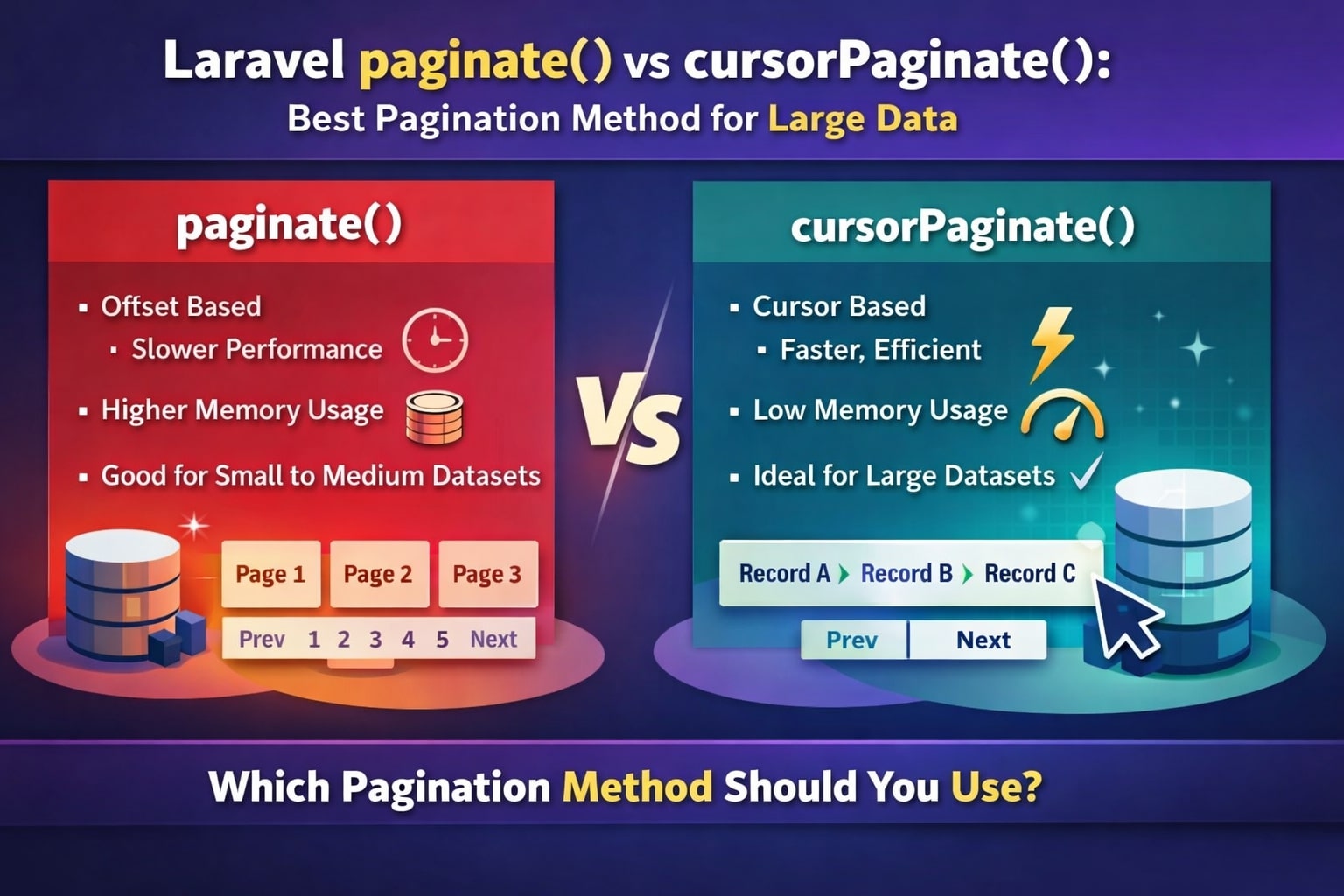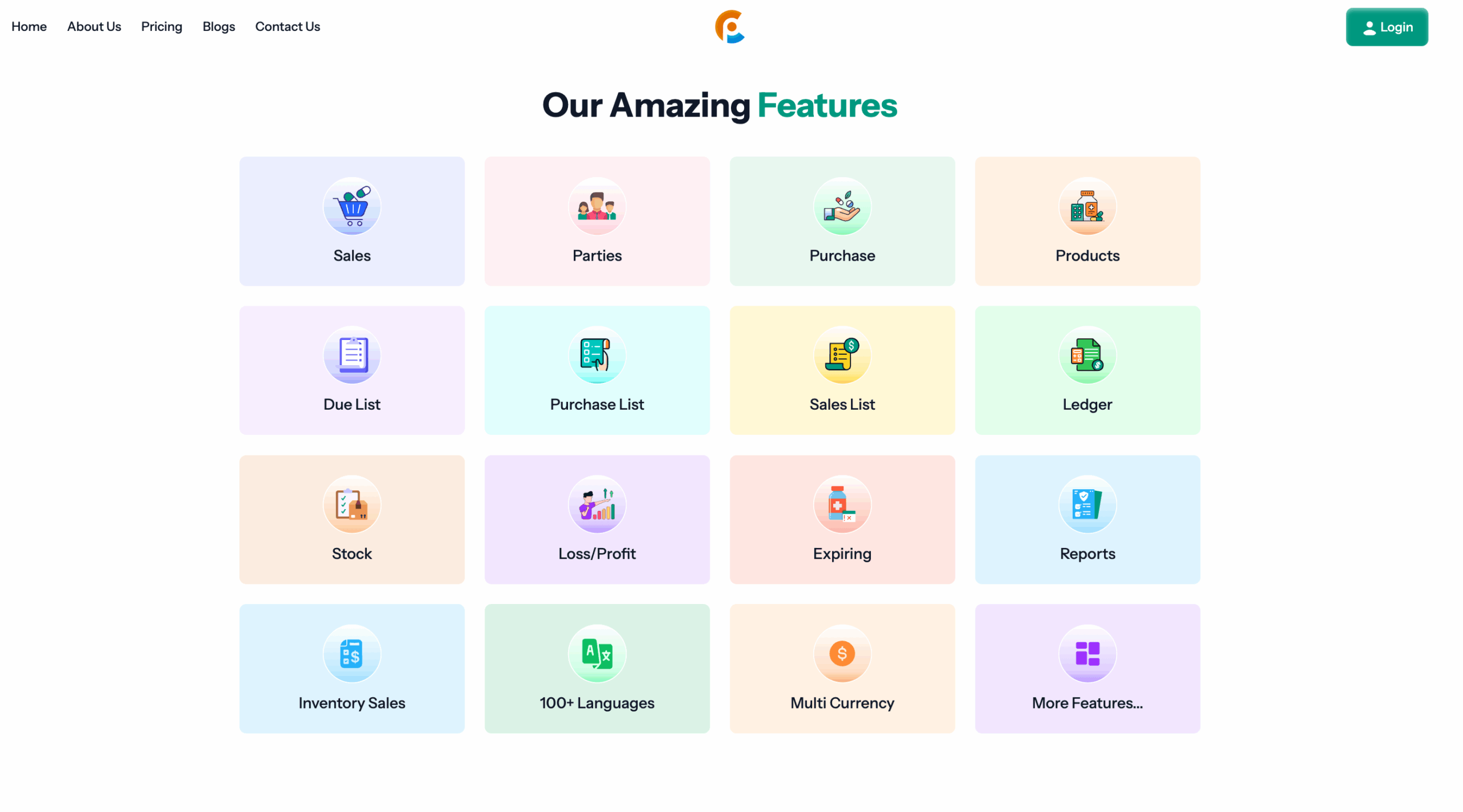In today’s digital marketing area, writing SEO friendly content is the Best key to increase your Brand visibility, get organic traffic, and also increase your lead conversion rate. Google’s Bard AI tool is also called a Conversational tool, which is developed using LaMDA, and it helps to assist content creators in writing search engine-friendly content.
SEO friendly content with Bard AI
Here’s how to leverage Bard AI effectively for writing high-quality SEO content:

1. You need to understand your Keywords
Whenever you can use Bard AI, research and identify all the Main keywords that you want to rank on Google. For that, you can use tools like Google’s Keyword Planner tool, SEMrush, and Ubersuggest, and always keep using low-competition and high-volume keywords. Once selected, feed these keywords into Bard with a clear prompt like, “Write an SEO-friendly blog on [topic] using the keyword ‘[main keyword]’.”
2. Create SEO -friendly Outlines
Bard AI makes it easy to organize and structure your content clearly and efficiently. You can do that by asking it to create an outline of your topic. For example:
“Create an outline for a blog titled ‘Benefits of Organic Skincare’.”
That way, you can get an idea of how to organize your H1, H2, and H3 tags correctly, which is important for on-page SEO.
Read also:-
- How You Can Optimize Your Google My Business (GMB) Listing For SEO In 2025
- Email Marketing for Handmade Jewellery Business
3. Develop Original & Informative Content
When you have your outline, ask Bard to write out each section. After generating some text, always review and edit it to your own writing style. Make it relevant to your area if you wish, and to eliminate duplicate content, as Bard will supply information that may exist on another website.
Bard will provide factual information in a structured manner, but make sure to add your own opinions/controversy to make it more authentic.
4. How To Use Bard AI for Crafting Title and Meta Descriptions
SEO also includes catchy meta descriptions and titles. You can ask Bard for three different, catchy titles and meta descriptions based on the same topic, like this:
“Suggest 3 SEO titles and meta descriptions for a blog on ‘How to Improve Website Speed’.”
You can choose the one that appeals to you most and is within character limits (Title: 50–60 chars, Meta: 150–160).
5. Increase Readability and Keywords placement
You can ask Bard AI to rewrite paragraphs for better readability and increase traffic. You could also ask this:
“Rewrite this paragraph to be more succinct and to include the keyword ‘digital marketing strategy’.”
In better terms, this helps you get a consistent keyword density (without keyword stuffing) to improve user experience and SEO.
6. Use Featured Snippet Focused Answers
Request Bard to write concise, straight answers to possible topics someone may search for your website. An example might be:
“What is SEO?”

Prompt Bard. “Can you write a clear, 40-word explanation to summarize the meaning of SEO in 40 words for potential featured snippets on Google display?”
You have now increased the chances of having your site featured when you write a feature snippet.
7. Use Bard for Internal Linking Choices
During content writing, you can even let Bard give you topics for internal linking. An example might be:
“What internal blog topics can I link to, in a blog about email marketing tips?”
Conclusion:-
Bard AI is an incredible writing assistant, especially when paired with your SEO knowledge and marketing thinking style. Consider using it to draft a story, editing, reviewing, optimizing content, but do remember, there is no substitute for human creativity, relevance, and engagement. The final outcome is what we now evaluate, and that’s what you must use to create the difference.








